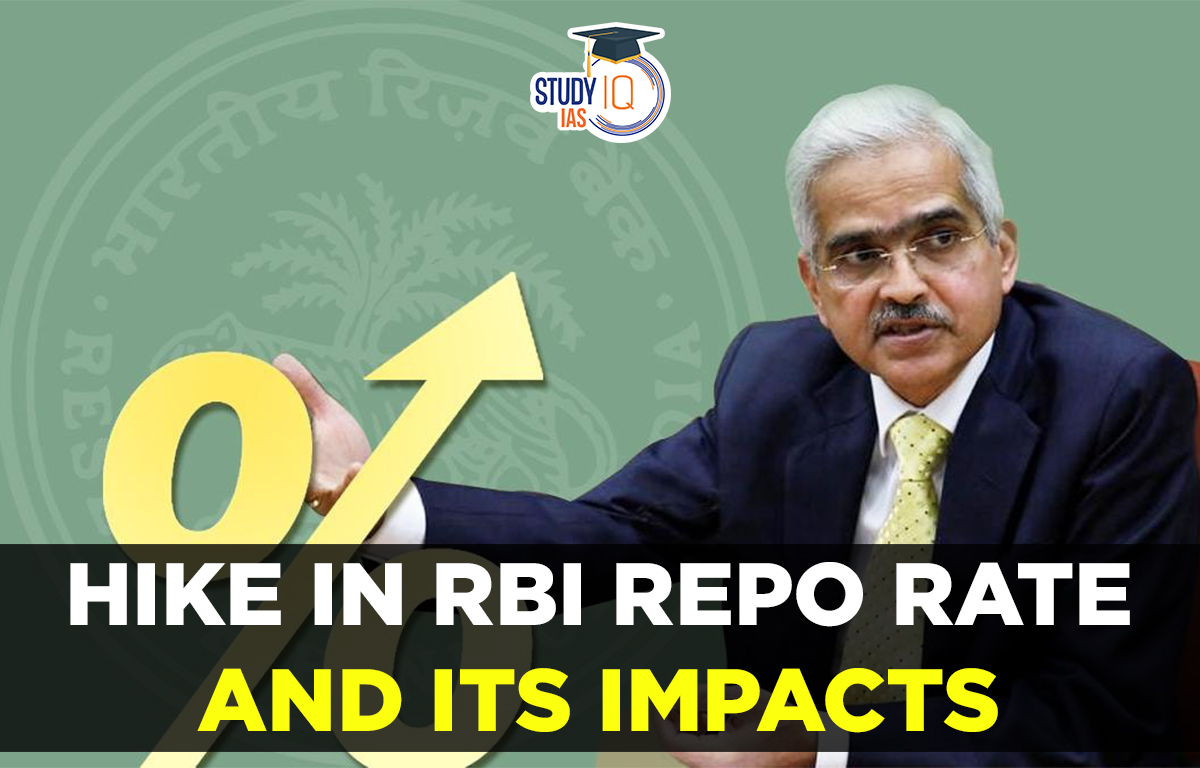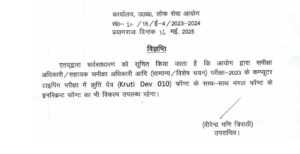Table of Contents
Context: The final meeting of the Monetary Policy Committee (MPC) for the financial year 2022-23 has concluded recently.
Key Outcome of the Meeting
- Repo Rate: The repo rate has increased by a cumulative 250 basis points (a basis point is one-hundredth of one percentage point) to 6.50 per cent since May 2022.
- Marginal Standing Facility (MSF): The MSF rate will stand revised at 6.75%.
- Standing deposit facility (SDF): SDF rate stands adjusted to 6%.
Monetary Policy Committee
- It is a statutory and institutionalized framework under the Reserve Bank of India Act, 1934, for maintaining price stability, while keeping in mind the objective of growth.
- The Governor of RBI is the ex-officio Chairman of the committee.
- The MPC determines the policy interest rate (repo rate) required to achieve the inflation target (4%).
- It was set up on the recommendations of the Urjit Patel committee in 2014.
Key Forecasts
- Growth projection
- The RBI has projected GDP growth for the next fiscal (FY2024) at 6.4 per cent.
- The MPC had slashed the GDP forecast for fiscal 2023 to 6.8 per cent from 7 earlier due to protracted geopolitical tensions, global slowdown and tightening of global financial conditions.
- Inflation forecast
- The central bank has lowered the inflation target for FY23 from 6.7 per cent to 6.5 per cent – which is still above the RBI’s target level of 4 per cent.
- Inflation is expected to be 5.3 per cent in FY24.
Possible Impacts of Increase in the Repo Rate
- Higher borrowing costs: An increase in repo rate can lead to higher interest rates on loans for consumers and businesses, making borrowing more expensive.
- Reduced borrowing: The higher cost of borrowing can reduce the demand for loans, leading to a decrease in borrowing and spending, which can slow down economic growth.
- Stronger currency: Higher interest rates can attract foreign investment, strengthening the local currency.
- Decreased inflation: Higher repo rates can curb inflation by making borrowing more expensive and reducing spending, which can help keep prices stable.
- Reduced economic growth: Higher interest rates can slow down economic growth by reducing the amount of money available for borrowing and spending.
Key Terms
- Policy Repo Rate:
- Repo rate is the rate at which the central bank of a country lends money to commercial banks in the event of any shortfall of funds by purchasing the security.
- Standing Deposit Facility (SDF):
- The SDF is a liquidity window through which the RBI will give banks an option to park excess liquidity with it.
- It is different from the reverse repo facility in that it does not require banks to provide collateral while parking funds.
- Marginal Standing Facility Rate:
- MSF is a window for scheduled banks to borrow overnight from the RBI in an emergency situation when interbank liquidity dries up completely.
- Under interbank lending, banks lend funds to one another for a specified term.
- Bank Rate:
- It is the rate charged by the RBI for lending funds to commercial banks without collateral.
- CRR:
- Under CRR (Cash Reserve Ratio), commercial banks have to hold a certain minimum amount of deposit (NDTL) as reserves with the central bank.
- SLR:
- Statutory Liquidity Ratio or SLR is the minimum percentage of deposits that a commercial bank has to maintain in the form of liquid cash, gold or other securities.


 UPPSC RO ARO Exam Date 2025 Out: Typing ...
UPPSC RO ARO Exam Date 2025 Out: Typing ...
 Maharashtra Bill to Curb Urban Naxalism,...
Maharashtra Bill to Curb Urban Naxalism,...
 International Maize and Wheat Improvemen...
International Maize and Wheat Improvemen...





















